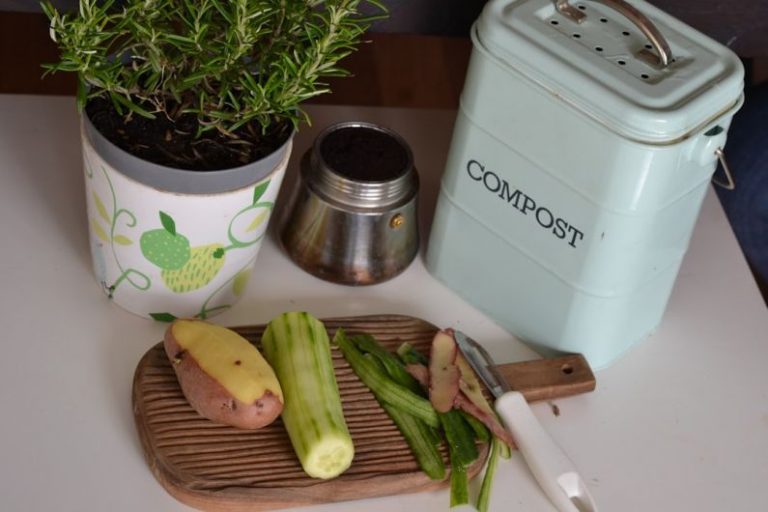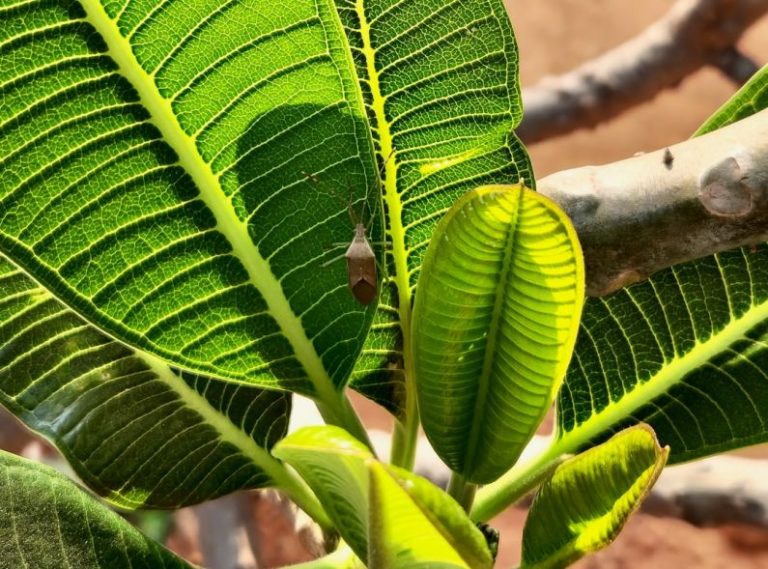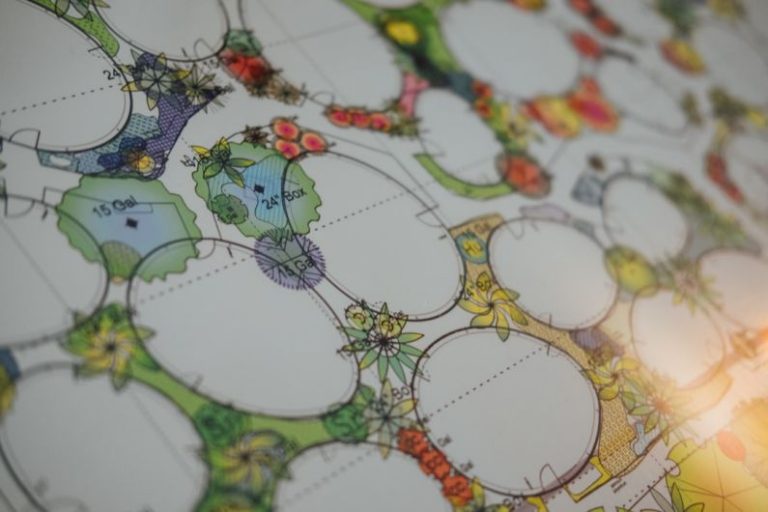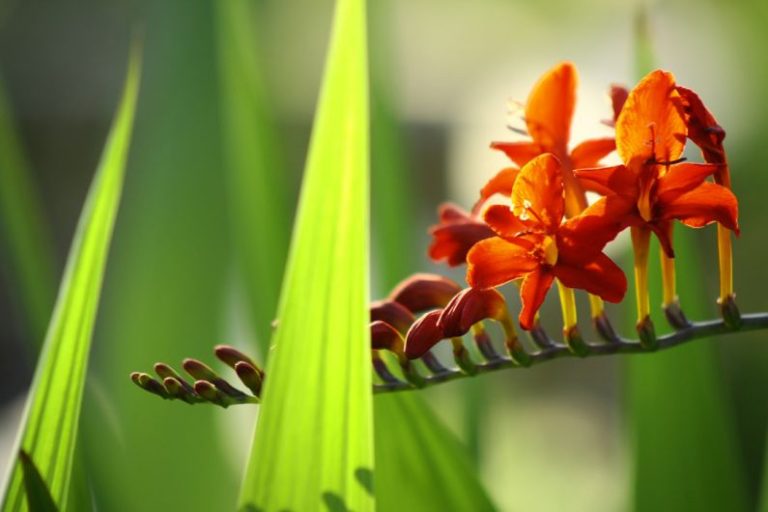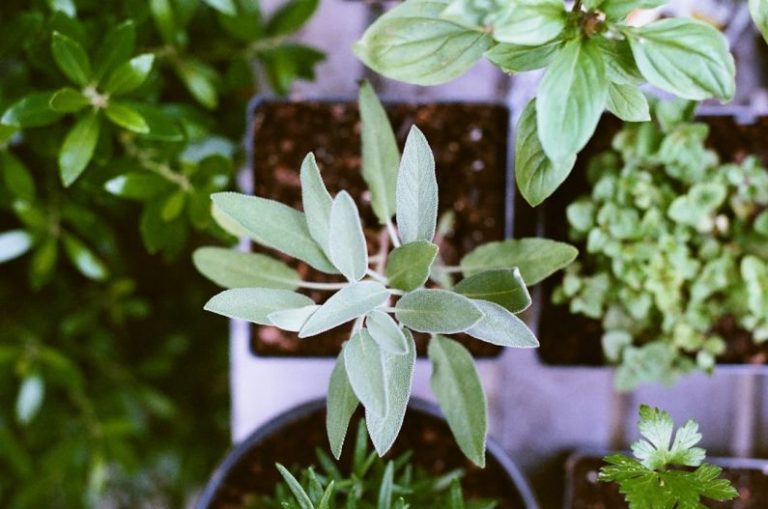Water-wise Gardening in Dry Climates
Gardening in dry climates can be a challenging task, especially when it comes to conserving water. With water scarcity becoming an increasingly prevalent issue, it is essential for gardeners to adopt water-wise practices to ensure the sustainability of their gardens. By implementing strategies that focus on efficient water usage, gardeners can create beautiful and thriving landscapes while minimizing water wastage. Here are some tips and tricks for water-wise gardening in dry climates.
Choose Drought-Tolerant Plants
One of the most effective ways to conserve water in a dry climate garden is to select plants that are well-adapted to drought conditions. Drought-tolerant plants have evolved to survive with minimal water, making them ideal choices for water-wise gardening. Succulents, such as cacti and agave, are excellent options as they store water in their fleshy leaves and stems. Native plants are also a great choice, as they are naturally suited to the local climate and soil conditions.
Mulch for Moisture Retention
Using mulch in your garden is a simple yet effective way to retain soil moisture and reduce water evaporation. Mulch acts as a protective layer that shields the soil from direct sunlight, keeping it cool and moist. Organic mulches, such as wood chips, straw, or shredded leaves, also help improve soil structure and fertility as they break down over time. Apply a thick layer of mulch around your plants to help conserve water and suppress weed growth.
Practice Smart Irrigation Techniques
Watering your garden efficiently is crucial for water-wise gardening in dry climates. Instead of using traditional sprinklers that can waste water through evaporation and runoff, consider using drip irrigation or soaker hoses. These systems deliver water directly to the base of plants, minimizing water loss and ensuring that plants receive the moisture they need. Additionally, watering in the early morning or late evening when temperatures are cooler can help reduce evaporation and maximize water absorption by plants.
Group Plants with Similar Water Needs
Another water-saving strategy is to group plants with similar water requirements together in your garden. By creating hydrozones based on water needs, you can avoid overwatering or underwatering certain plants. Plants that require more water, such as vegetables or annual flowers, can be grouped together in one area, while drought-tolerant plants can be planted in a separate zone. This targeted approach ensures that each plant receives the right amount of water, leading to healthier and more water-efficient gardens.
Harvest Rainwater
Harvesting rainwater is an excellent way to supplement your garden’s water supply while reducing reliance on municipal water sources. Install a rain barrel or a larger rainwater harvesting system to collect rainwater from your roof. This collected water can then be used to irrigate your garden during dry periods, providing a free and sustainable source of water for your plants. Rainwater is also free of chlorine and other chemicals found in tap water, making it a healthier option for your garden.
Maintain Healthy Soil
Healthy soil is essential for water-wise gardening, as it helps retain moisture and support plant growth. Improve soil structure by adding organic matter such as compost or aged manure, which helps increase water retention and promotes beneficial soil organisms. Avoid compacting the soil, as compacted soil prevents water from penetrating deeply into the root zone. Aerate your soil regularly to improve drainage and allow roots to access water more effectively.
Embrace Xeriscaping
Xeriscaping is a landscaping approach that focuses on creating water-efficient and sustainable gardens. By incorporating principles such as drought-tolerant plants, efficient irrigation, mulching, and soil improvement, xeriscaping aims to minimize water usage while maximizing the beauty and functionality of outdoor spaces. Embrace xeriscaping in your garden to create a low-maintenance, water-wise landscape that thrives in dry climates.
In conclusion, water-wise gardening in dry climates is not only environmentally responsible but also essential for the long-term health and sustainability of your garden. By choosing drought-tolerant plants, using mulch, practicing smart irrigation techniques, grouping plants with similar water needs, harvesting rainwater, maintaining healthy soil, and embracing xeriscaping, you can create a beautiful and thriving garden while conserving water resources. Implement these water-wise strategies in your garden to reduce water consumption, save money on water bills, and contribute to a more sustainable future for our planet.

